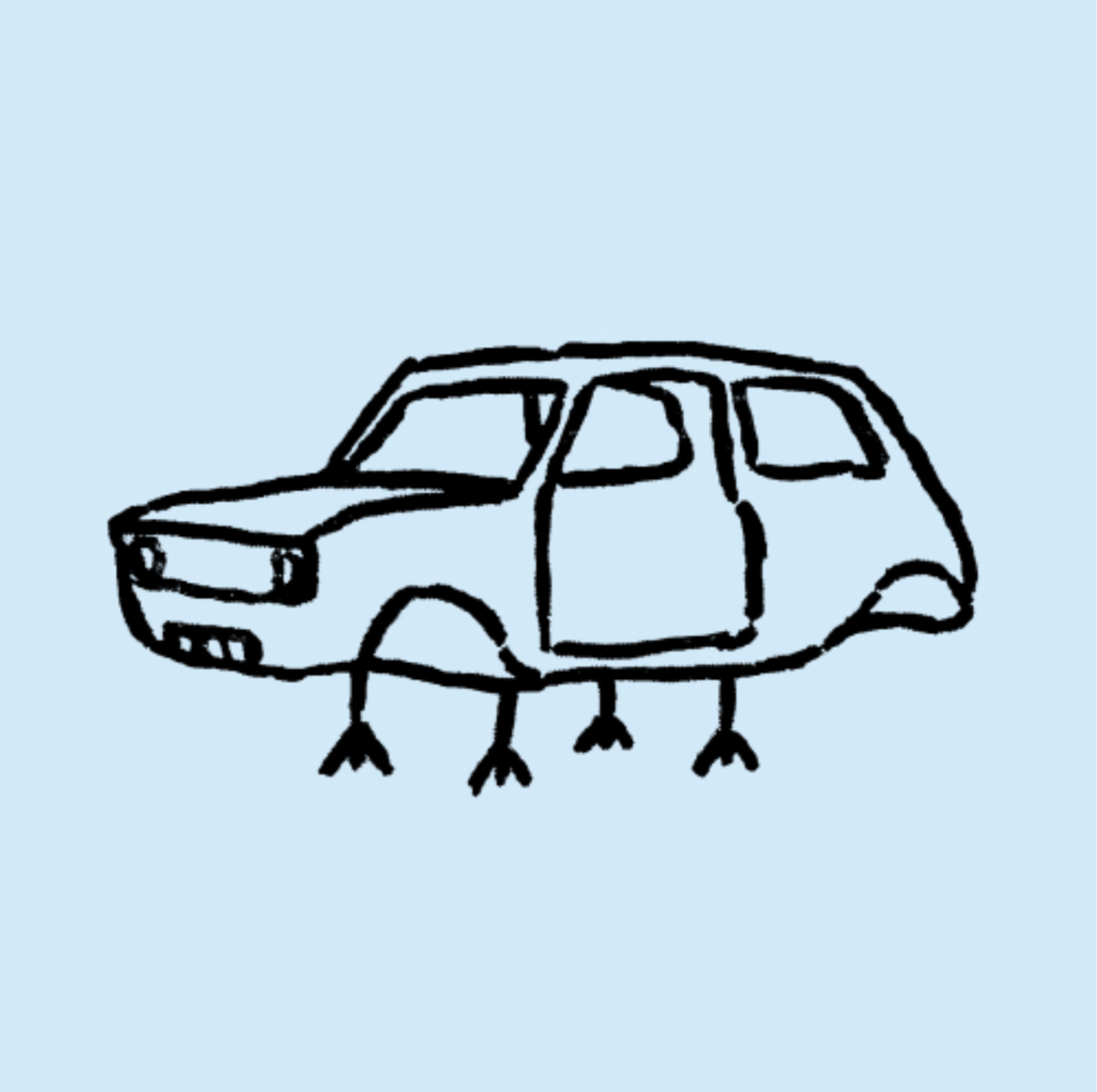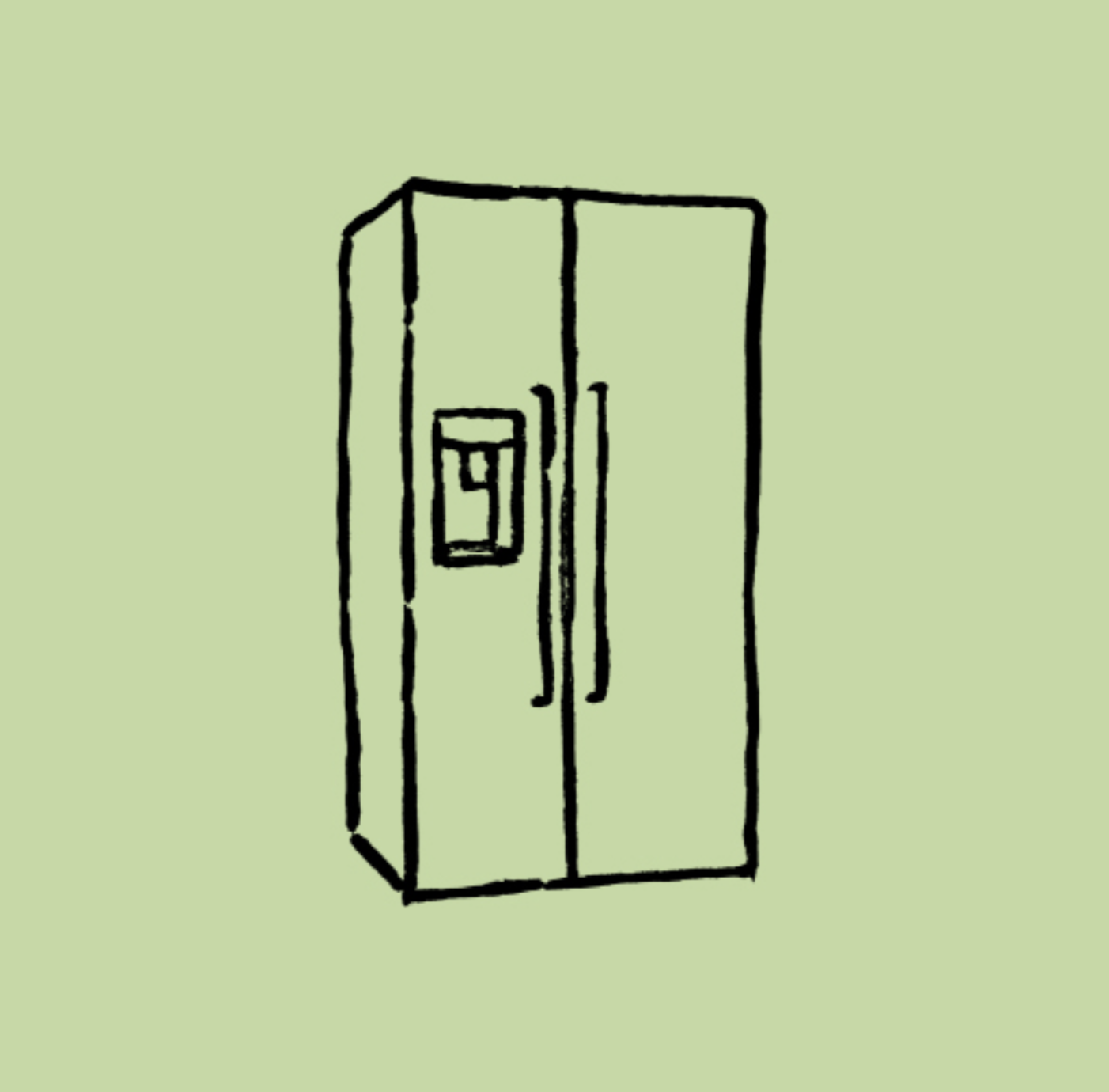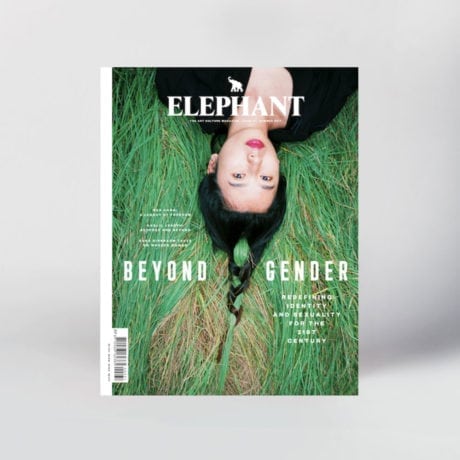
Illustrations by Kind Studio
The last British Art Show, the quinquennial touring exhibition designed to showcase new themes in contemporary art, explored “new thinking around materiality”. The “renewed emphasis on objects,” its curatorial statement proposed, “correlates with a turn towards physicality taken by a significant number of artists, whether they work with their hands, archives, people or the Internet.” At the same time that Edinburgh hosted the British Art Show, the director’s programme for Glasgow International—a contemporary art biennial with a reputation for launching new talent—heralded a renewed focus on “ideas of production, manufacture, material culture, design, history and labour”.
Things, it seems, are back in vogue. Just when the wider public is becoming accustomed to the notion that contemporary art (and its institutions) should encompass ephemeral disciplines—performance, dance, theatre, music—and immaterial or endlessly reproducible media—videos, writing, net.art—the pendulum swings back towards the physical object. These two survey exhibitions provide just the latest examples of a new focus on craft-based techniques, industrial production and physical presence which also seems to contradict recent interest in the possibilities of the internet as a discrete space for the creation, exhibition and distribution of immaterial artworks (as opposed to simply an Amazon-style marketplace for the sale of material artworks). As Tate Modern debuts its new wing devoted largely to photography, film, video, performance, learning and “social spaces”, so younger artists and curators seem increasingly concerned with the manufacture of tangible stuff.
Whence does this new focus on objects spring? The first point to make is that this is not a new idea—Hal Foster was making a case for the “return of the real” as long ago as 1996, and the cyclical, or spiralling, progress of art history means that materiality and place come intermittently back into fashion—but the circumstances in which we live are substantially changed, as are artists’ responses to them. The second issue to address, as so often when considering broader trends in the practice of contemporary art (and if only to refute it), is the commercial imperative. It has long been the case that the wider shift away from the unique physical objects (paintings, sculptures, etc) that once constituted the art market’s trading goods towards more varied and less easily commoditized forms (performance, video, etc) has been counterweighted by the ability of dealers to find new and more inventive ways of selling them.
As the charred remains of the Fender Stratocaster that Jimi Hendrix set alight at the Monterey Pop Festival in 1967 was purchased in 2012 for £237,000, so the Four Blackboards
(1972) on which Joseph Beuys outlined his utopian propositions for art during a celebrated lecture are now in the holdings of the Tate (and would cost a fortune if they ever came to market). These are not the works in themselves but enduring material instruments and witnesses of them. In recent years, such innovations as the now-ubiquitous flat-screen monitor and the digital print have transformed new-media works into editioned, saleable objects, and their practitioners (such as Cory Arcangel) into conventionally successful artists in the marketplace.
These changes have extended, as galleries look to capitalize any artistic medium that has thus far escaped the marketplace, to more established media such as experimental filmmaking. Highly respected, radical filmmakers such as George Barber have spent the vast majority of their careers exhibiting at festivals and as part of screening programmes; now, they are being welcomed into the gallery, where their work is shown as part of a physical installation and sold in editions.
The point is that the object has remained an integral part of the art market, if not its practice, over several decades in which the avant-garde has, in large part, disdained the production of physical things. This isn’t to say that artists don’t require collectors—as Jake Chapman memorably conceded about his relationship with Charles Saatchi in a Time Out interview from 2003, “I’m happy to acknowledge the prostitutional relationship between his money and our objects. Aesthetics can’t exist outside commerce”—but while dealers might welcome a return to the production of objects that are obviously identifiable as art and which might fit into a rich person’s living room, they don’t require it. The shift towards materiality is not driven by market economics, because galleries have alternative other ways of commercializing art.
“I’m happy to acknowledge the prostitutional relationship between [Saatchi’s] money and our objects”—Jake Chapman
The artist no longer needs to produce objects to make money, only to authorize them. For all the tortuous attempts to challenge the relationship of culture to capital, it remains true that works of art always inhere in a thing that can be possessed, sold, exchanged. While artists such as Sol LeWitt and Martin Creed have sought to create works of art that have no physical basis in the material world, there is always something to which they are tied. LeWitt’s wall drawings are painted directly onto the wall and, when exhibited in a gallery, whitewashed over when the exhibition ends. Yet several of them exist in private collections, their uniqueness (and by extension value) propped up by a paper contract.
Creed’s Work No. 227: The Lights Going On and Off consists of nothing more than two alternating intervals of light and dark. Yet deep in the Tate’s collection exists a piece of paper on which these instructions are written, for which the museum paid an undisclosed amount in 2013 (the work was valued at around £110,000). The most extreme example of this tendency is choreographer Tino Sehgal’s reluctance even to sign a contract to confirm the purchase of a work, or to commit its details to paper. Instead, he himself relates the key principles of his performances to his collectors, in person (they are not allowed to record the conversation). One catalyst for the new focus on objects might be the acknowledgement that art has, for the moment, exhausted the radical, disruptive potential of immateriality.
Indeed, even a verbal exchange is still a thing that carries meaning (irrespective of whether it is committed to paper) and thus constitutes an object, according to Graham Harman, one of the leading proponents of the art world’s latest half-understood philosophical infatuation. This is Object-Oriented Ontology (OOO), a branch of Speculative Realism, which is either a catalyst for the return of the art object or its ex post facto justification by curators keen to sound engaged (or, more fairly, a bit of both). Without wishing to dwell on the technical details of this new movement in contemporary thought (not least for fear of betraying my own fingernail grasp on such things as Deleuzo-Schellingian vitalism), we might sum up its key conviction as being that there is an object world that exists beyond human thought and outside our limited perspective that deserves consideration.
We as a species have been guilty, its varied practitioners insist, of reducing everything (including artistic representation) to our own perspective on it. This new reaction against anthropocentrism might explain recent attempts to foreground animals and objects in art, to acknowledge and represent subjectivities that are not human. It’s about time, perhaps, that we acknowledged that we are not the only inhabitants of a world we have taken such strides to destroy.
Among the first notable artistic expressions of this radical new trend in continental philosophy was a singing fridge with a Scouse accent. This 2010 work by Mark Leckey, entitled GreenScreenRefrigeratorAction, is perhaps best described as a creative misreading of Speculative Realism, which isn’t necessarily to criticize it (the act of translation from idea to work of art always involves a degree of contextual adjustment, even if this pushes it a bit). Indeed, Leckey’s imaginative infidelity to the idea inoculates his work against the deadly worthiness that so often afflicts works of art determined to merely to replicate or substantiate vogue theories. Speculate Realism was also a marked influence upon the sprawling Documenta 13, curated in 2012 by Carolyn Christov-Bakargiev (for whom almost everything under the sun, it’s fair to point out, qualifies as a curatorial concern), since then there has been a marked growth in exhibitions considering objects as not only materials for the realization of art but the subjects of it.

As Speculative Realism has become a watchword in contemporary art, the subject of numerous conferences and much critical speculation, it has been joined in the theoretical ranks by another idea pushing for a reconsideration of the relationship between the material and immaterial worlds. The New Aesthetic is a term coined by the artist and theorist James Bridle to describe the increasingly familiar irruption of the internet into the “real” (excuse the scare quotes) landscape. According to this concept, the return to the object isn’t a turn away from the digital realm, but simply a recognition that the two can no longer be disentangled. The internet is no longer (if it ever was) a separate dimension into which we can escape, but a central component of the world in which we live, embedded into IRL.
“The return to the object isn’t a turn away from the digital realm, but simply a recognition that the two can no longer be disentangled”
The anecdotal evidence for this is, of course, overwhelming. It’s barely possible to have a drink with anyone of my generation without coming to talk about the tyranny of the internet-enabled mobile phone and the all-consuming anxiety precipitated by uninterrupted access to our professional email accounts. Put in its simplest terms, we can say that the internet, and the information it communicates, long ago came to exert significant influence over the circumstances in which we live, both individually and socially. The idea of living a “second life” online now seems laughable: we all do, and it is inseparable from our first one. As Hito Steyerl considered in her influential essay “Too Much World: Is the Internet Dead?”, “never before have more people been dependent on, embedded into, surveilled by, and exploited by the web… it is all over!… it has started moving offline.”
Steyerl cautions against assuming that the migration of the internet into the real world must take the form of tangible objects—data, sounds and images, she says, “incarnate as riots or products, as lens flares, high rises, or pixellated tanks”—but the idea is an illuminating one when we come to consider the recent vogue for the physical instantiation of digital concepts, networks or concerns. The work of Trevor Paglen, for instance, seeks to alert us to the fact that the ever-increasing reach of the internet has repercussions beyond our online existences. The internet is not invisible, though the companies profiting from it will go to extraordinary lengths to maintain the illusion that it is so.
To illustrate the point, John Gerrard hired a helicopter to document a Google server farm—a massive agglomeration of diesel generators and cooling plants, and one of the most important physical sites of the internet—in Oklahoma to which he had been denied access. His digitally rendered survey of the complex, entitled Farm (Pryor Creek, Oklahoma) (2015), makes visible what is kept from us: the physical infrastructure, with its associated political and environmental implications, that supports our digital existences and that is prudently hidden from us to perpetuate the fantasy that the online realm is meaningfully distinct from the bodily world. Thus the preoccupation with objects, with the material instantiation of ideas and ideologies, extends even (perhaps especially) to artists considering how the internet is woven into our lives.
We can, then, tentatively identify several broader reasons for this renewed infatuation with objects. We might note how it correlates with an increased awareness of how our post-Enlightenment separation from the physical world—industrialized humanity’s steadfast conviction that it could transcend the natural order—has precipitated global environmental catastrophe. Perhaps, too, this new fixation with materials is one repercussion of the global financial crisis, caused by the collapse of a system of exchange which had been abstracted to the point of almost total independence from tangible goods and labour (note how gold, the most familiar and quantifiable of material commodities, enjoyed a spectacular rise in value in the wake of the crash, as investors sought a safe haven in the real world). The tendency might be something like a means of realigning art (and artistic value) with labour in an age where the two seem to have become unlinked, with woeful consequences for the distribution of wealth.
There is a danger that we forsake real engagement with these issues by retreating into nostalgia. The weaker works to exhibit the tendency lay their emphasis on loss, lamenting an imaginary time past marked by industrial production, local (as opposed to digital) community, and defunct models of social organization. It’s perhaps unfair to single it out, but Stuart Whipps’s The Kipper and the Corpse
—a reconstructed 1979 Mini originally from the factory at Longbridge, which was the subject of a famous industrial dispute—is typical of this inclination, drawing attention to the social injustices of thirty years ago while seeming to pine for a lost age. But instead of retreating into the familiar world of objects, the most important works being made today seek to reconcile the digital and physical spheres, illustrating how the two interact and how it is possible to live, work, effect political change, and create culture in a new era.
This feature originally appeared in issue 31
BUY ISSUE 31





